11 Extinct Operating Systems That Time Forgot
AmigaOS

BeOS
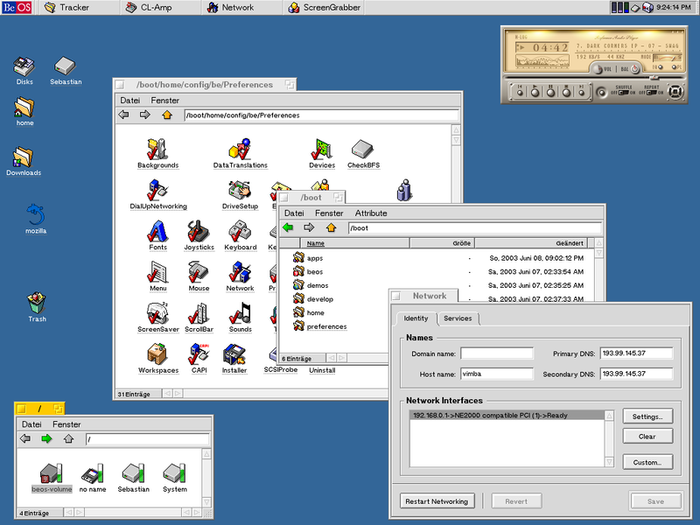
OS/2

Year created: 1985
Company: IBM
What happened? Microsoft and IBM joined to create OS/2 in 1985, but when Windows 3 became a huge hit, the partnership unraveled in 1990. Though no longer supported by IBM, the operating system still runs on many ATMs today.
Arthur

Year created: 1987
Company: Acorn Computers Ltd
What happened? Developed in five months, Arthur was supposed to be a short-term scab, but it stuck around until the RISC OS was developed in 1989. That operating system is still in use, but we don't know anyone who uses it.
Desktop Linux
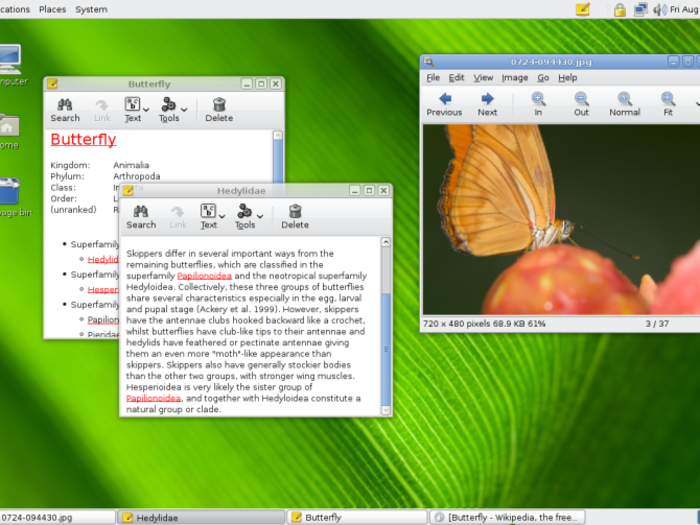
Year created: ~1996
Company: Linux desktops are open source.
What happened? Linux is still around, but hasn't hit the mainstream. Only the truly tech-savvy are die-hard Linux users. But it's gonna take more than that to gain traction with the Average Joe.
Inferno (operating system)
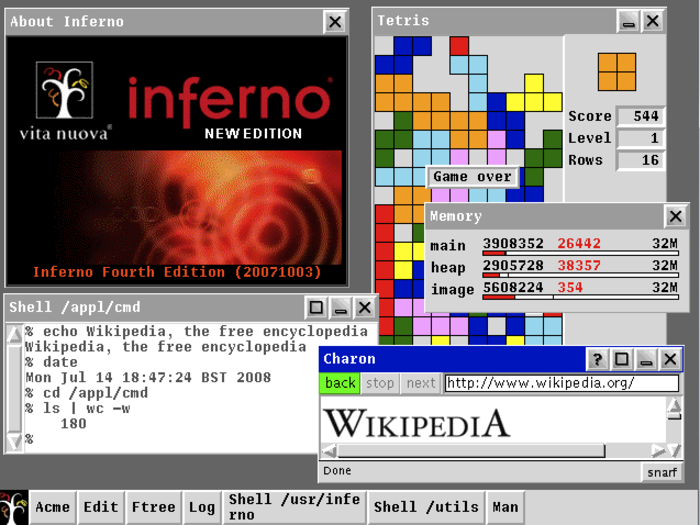
Year created: 1996
Company: Bell Labs
What happened? It's an open source operating system, so there are versions of it still out there. But they don't work above the basement floor.
XTS-400

Year created: 1992
Company: BAE Systems
What happened? Valued for their security, this operating system and its successors are still used in military technology.
Palm OS (also known as Garnet OS)
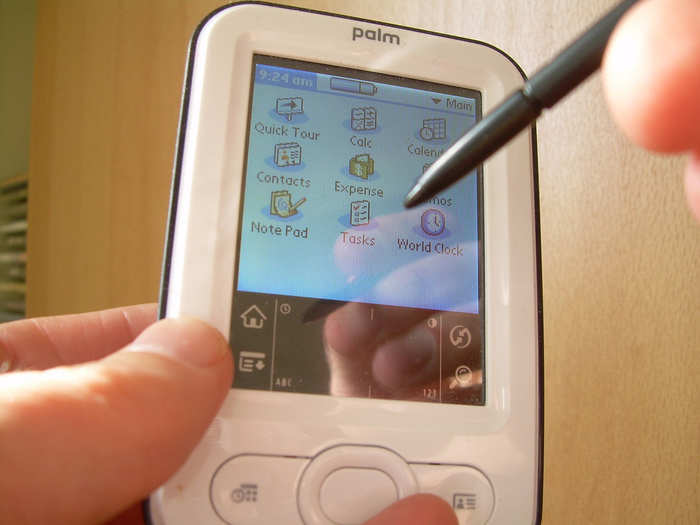
Year created: 1996
Company: Palm Inc.
What happened? In 2002, Palm spun the OS out as its own company. Innovation pretty much ended there and what was once a very strong pioneering OS for PDAs, couldn't keep up when it came to the Web and multimedia.
HP's WebOS is as good as dead
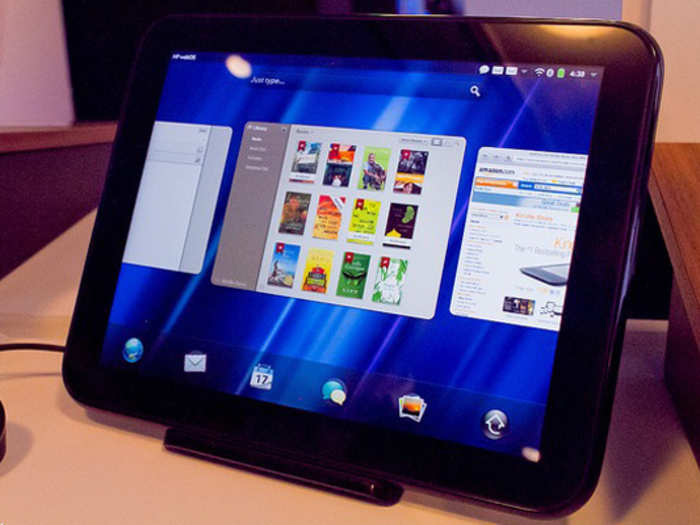
Year created: 2009
Company: Palm, then HP
What happened? Palm created WebOS as an answer to Apple's iOS for iPhone. The OS first launched on the Palm Pre smartphone and was considered to be one of the best iPhone alternatives at the time. HP bought Palm (and WebOS) for $1.2 billion in 2010. In 2011, HP attempted to make a smartphone and tablet running WebOS, but they were both duds. HP has all but given up on WebOS and the operating system is now open source.
Nokia replaced Symbian with Microsoft's Windows Phone operating system
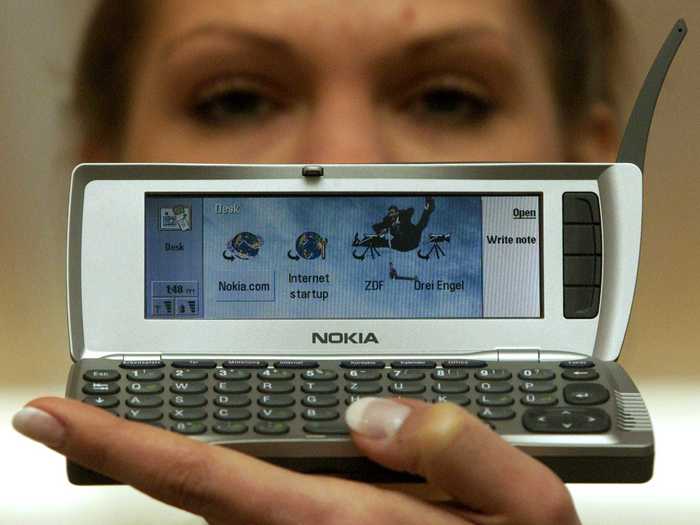
Year created: 1998
Company: Nokia (bought Symbian in 2008)
What happened? Once the most popular mobile OS on the planet, Nokia decided to phase out Symbian in favor of Microsoft's Windows Phone operating system. Today, all of Nokia's flagship devices run Windows Phone 8.
MS-DOS was Microsoft's first pre-Windows OS
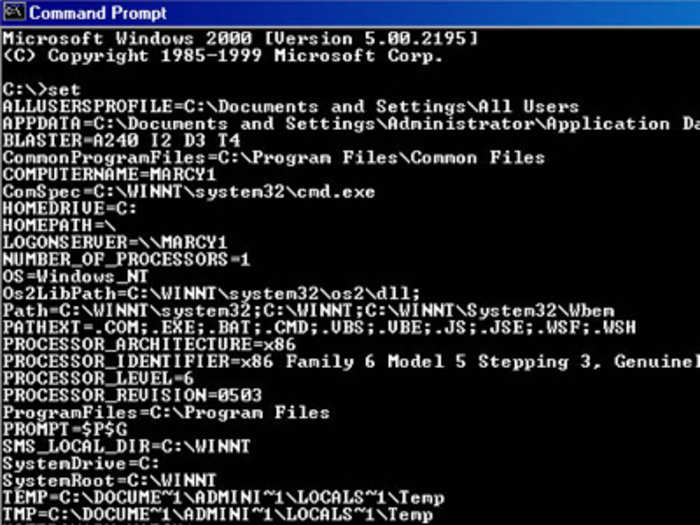
Year created: 1981
Company: Microsoft
What happened? If you had an IBM PC in the 80s and early 90s, you're probably familiar with MS-DOS. Microsoft bought an operating system called 86-DOS from Seattle Computer Products and turned it into an operating system for the new Intel 8086 PC. It was renamed MS-DOS, and eventually went through eight versions before development stopped in 2000.
Meet a tech company making waves in China

Popular Right Now
Popular Keywords
- India’s wearables market decline
- Vivo V40 Pro vs OnePlus 12R
- Nothing Phone (2a) Plus vs OnePlus Nord 4
- Upcoming smartphones launching in August
- Nothing Phone (2a) review
- Current Location in Google
- Hide Whatsapp Messages
- Phone is hacked or not
- Whatsapp Deleted Messages
- Download photos from Whatsapp
- Instagram Messages
- How to lock facebook profile
- Android 14
- Unfollowed on Instagram
Advertisement